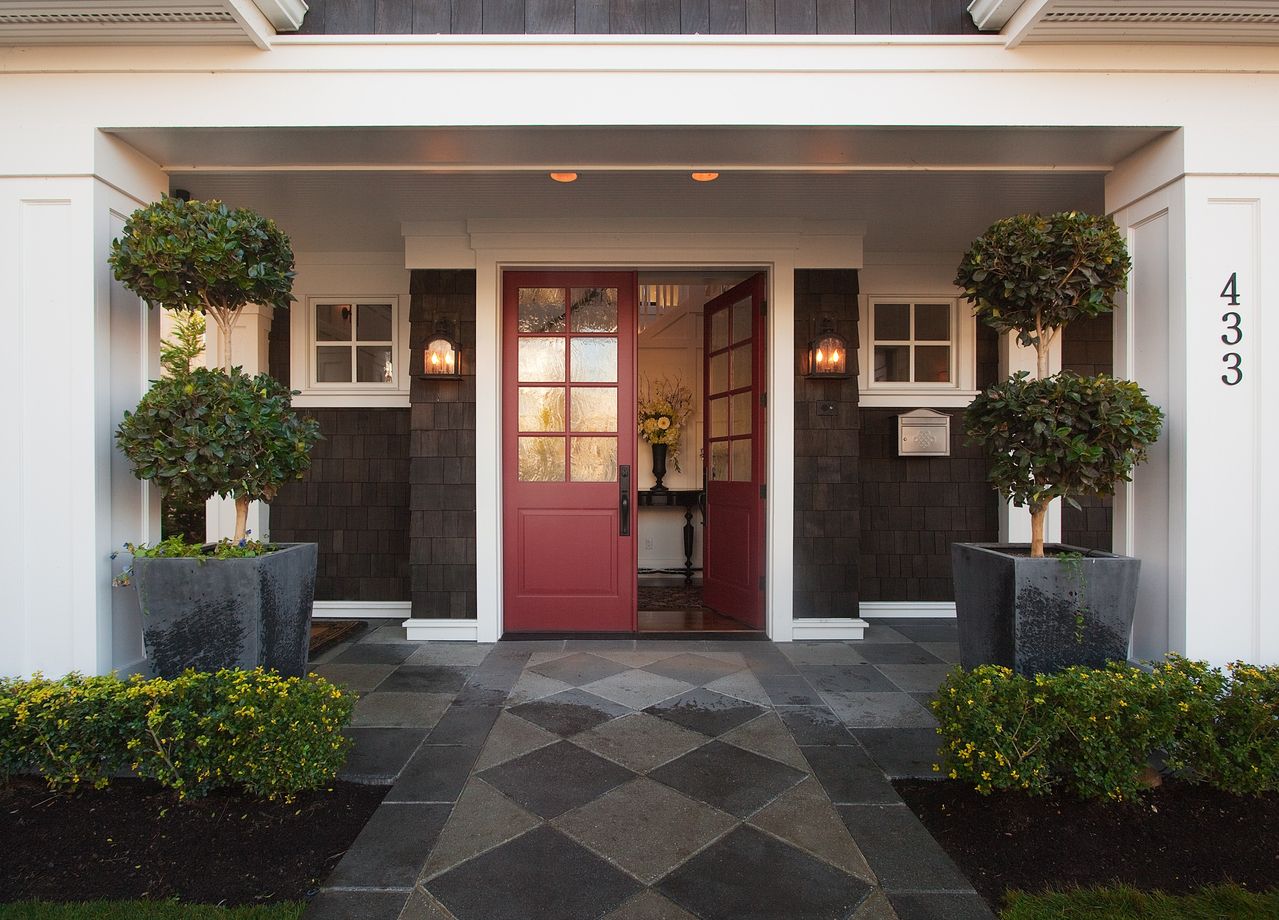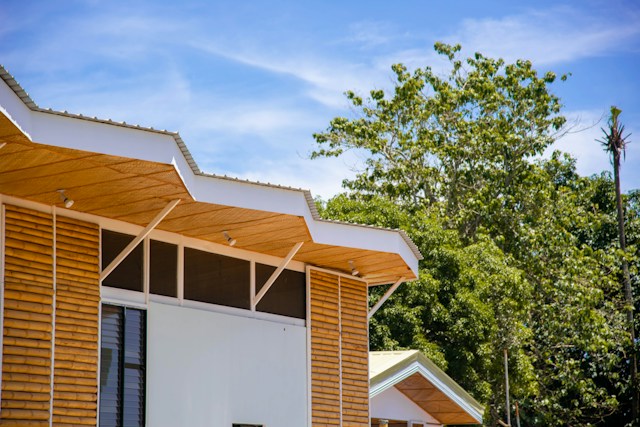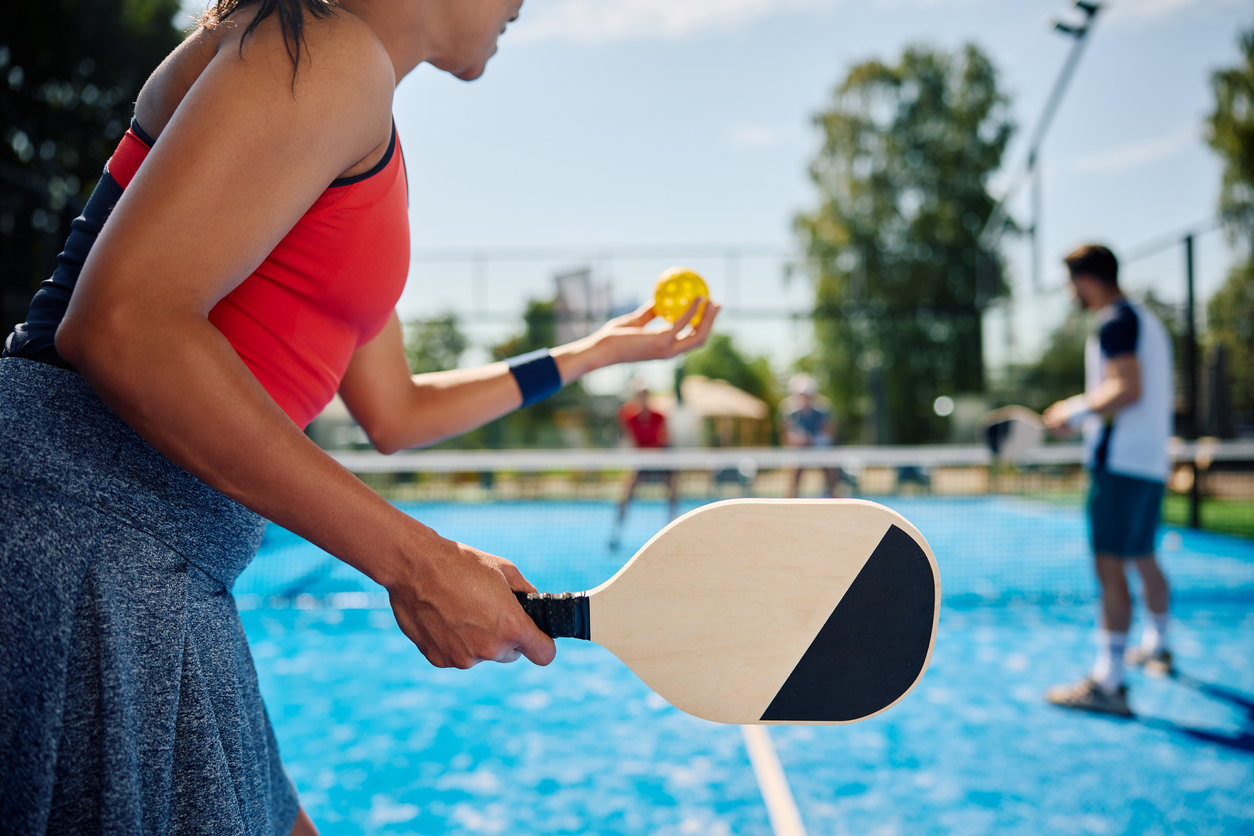Are you a household where shoes are always removed before entering the home? Or do you prefer to wear shoes inside your house? Have you ever been taken aback when a friend insists you remove your shoes before entering their home (especially when you’ve just spent a lot of money and even more time picking out just the right pair)? In the U.S., asking your guests to remove their shoes before entering your home can cause reactions as opinionated as if you’d just asked them to outline the peace process in the Middle East. Why? In America, we often applaud people for maintaining traditions of their culture, yet we’re quick to criticize another family’s habits (especially when it infringes upon our own). We are often a society of over-thinkers and over-analyzers, and sometimes we rely too heavily upon the pseudo facts that fill our Facebook feeds. Although whether or not shoes should be removed before entering the home is rife with controversy (if you don’t believe me just search for “remove shoes indoors” and read the polarized opinions), I prefer a more calm approach. So let’s look at a few facts and figures so you can make your own informed decision about this topic.
1. Remove shoes to avoid bacterial contamination: True or False?
True. Shoes harbor germs and bacteria and it’s been proven in multiple scientific studies. Of course, you might think that your shoes are magically wiped clean of bacteria because you don’t walk on dirty city sidewalks or across a cow field, but the fact of the matter is that bacteria is everywhere. (In fact, farmers know exactly how easy it is for footwear to spread disease from animal to animal. The routine of washing or disinfecting shoes when traveling from one farm to another helps keep animals safe from bacterial infections.)
Bacteria is really good at “sticking” to the soles of shoes. Microbiologist Charles P. Gerba, a professor in the University of Arizona’s Department of Soil, Water and Environmental Science, studies how humans spread microbes. He swabbed 26 shoes worn by test subjects for more than three months and identified nine microbial species that can cause “intestinal, urinary, eye, lung, blood and wound infections.” The Baltimore Sun reports that “Coliform bacteria – originating in fecal matter – were found on the outside of all but one of the shoes, and the samples averaged 421,000 bacterial units per square centimeter sampled. (Each unit is enough bacteria to reproduce and grow a new colony.) Seven of the shoes had picked up Escherichia coli (E. coli) bacteria.” Public restrooms are a huge source of fecal bacteria, but so are bird, dog and animal droppings that we inevitably step in while walking on sidewalks, parks and other outdoor surfaces. So although your shoes may not look dirty, they most likely are, and you can help create a healthier home environment by leaving dirty shoes at the door. Some shoes may be able to be washed in a machine however there hasn’t been enough research to prove that this gets rid of harmful bacteria.
2. Remove shoes when babies and small children are present: True or False?
True. If you’ve ever had crawling babies in your home you know that their tiny hands explore all surfaces, predominantly the flooring, and those hands quickly go from the floor to the mouth. Most parents like to say “a little dirt don’t hurt” and although that can be true, especially for adults who have developed some immunity, it’s not entirely true for the above mentioned bacteria, which can actually hurt small children. Professor Gerba tested just how much bacteria is left on the floor once people walked inside a home across clean tile flooring. He found that 90 to 95 percent of the colonies were left on the tiles. “Every step they took, we sampled after them – 10 to 20 steps,” he said. “We could still find plenty of organisms on every footstep.” Germs and bacteria love entering our bodies through the mouth, and kids can bring their hands to their mouths as much as 80 times an hour while playing. A good practice is that if you have small children in the home, politely ask guests to remove their shoes, especially if your guest will be entering play areas or the baby’s room. Just like asking a guest to wash their hands before holding the baby, it’s a smart way to stop the spread of harmful bacteria.
3. Remove shoes to protect floors: True or False?
True. Shoes, even flat-soled shoes, are really good at tracking in small bits of sand, dirt and rocks, which can easily scratch floors as well as make a mess of carpeting and rugs. Like sandpaper, this grit can travel from the front or back door right across the wood flooring, creating tiny scratches or leaving debris stuck in between grout lines. Carpeting can get especially dirty from shoes. Mud or soil get stuck in the small grooves of the sole, depositing messes on the fibers that may be difficult to remove. If you don’t want to remove your shoes before coming inside the home, purchase a good quality outdoor mat to help trap mud, soil or dirt from coming inside. Additionally, placing another rug just inside the home will offer one more layer of protection for flooring. Another solution is to dedicate specific shoes for outdoor work, like mud boots or work shoes, that you always remove before coming inside. Establish good habits like wiping shoes, or removing really dirty ones, before coming inside the home and your floors will thank you.
4. Remove shoes for better foot health: True or False?
True. Modern shoes can make our outfits look amazing, but podiatrists agree that many of them are making our feet miserable.Considering that our feet have 26 bones, 33 joints and 100 muscles, ligaments and tendons, we need to be kind to our feet. From bunions to corns, ingrown toenails to plantar fasciitis, it is possible that our feet could use a break. Walking barefoot has advantages like increasing our balance, massaging the whole foot, and increasing muscular strength. According to Traditional Chinese Medicine, foot health is integral to a person’s overall health and feet have many nerve receptors that send signals to the central nervous system. Reflexology has been in practice for over 5,000 years, and anthropologists have conducted research regarding the multiple health benefits of barefoot cultures. Regardless of your views on reflexology or barefoot running, removing shoes can positively contribute to good overall foot health, especially when walking around your own home. Since most of us can’t exactly be barefoot outside the home, inside the home is a great place to kick off your shoes.
5. Remove shoes to honor culture: True or False?
True. Many cultures remove their shoes before entering a home, temple or indoor area like a classroom. The reasons behind this are as varied as the cultures themselves. Just like removing a hat before eating at the table, shoes are removed before entering holy places, like a mosque or temple, as a sign of respect. In other cultures, removing shoes reflects a practical choice. In Japan, where much of life is centered on or near the floor, you would never want dirty shoes touching tatami mats or other indoor spaces. In many countries, homes are purposely built just up off the ground, which helps with ventilation, temperature regulation, and keeps homes free from soil, mud, floods or pests. In addition to practical reasons, there is a psychological effect of raising a home off the ground. It signifies that you are entering another, more private space, and removing shoes means that you’re leaving the outside world behind. Regardless of your own cultural background or beliefs, if you are a guest in someone’s home or a guest in a holy place, it is often considered to be good manners to remove your shoes so just ask if you aren’t sure of the tradition.
Asking guests to remove shoes: Yes or No?
Of course, this decision is entirely up to you and your household. I think it’s always the role of a host to make guests feel comfortable. If you are normally a shoes-off type of home, but you notice that your guests may actually have trouble removing their shoes, need their shoes for health reasons, or you think asking them might cause more disruption than not, consider temporarily forgoing your tradition. Of course, I’d reconsider this if anyone who tries to enter with particularly muddy shoes (for example, home improvement professionals are used to removing shoes inside or using shoe booties) or someone with damaging shoes (we’re looking at you 5-inch high stilettos).
So what type of household are you: shoes on or shoes off? Have any influencers like living in another country or city changed your stance on this topic? Let us know in the comments below!
For more information on Professor Gerba’s study, read the full article here http://articles.baltimoresun.com/2008-05-08/features/0805080063_1_bacteria-gerba-coliform
If you’re interested in the debate of wearing shoes versus not wearing shoes, especially while running, you might want to read this fantastic article here http://neuroanthropology.net/2009/07/26/lose-your-shoes-is-barefoot-better/




